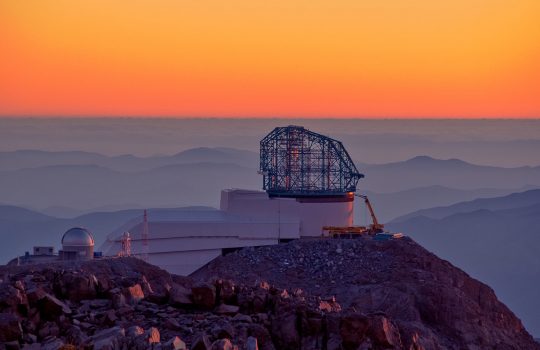A miniature camera for the Large Synoptic Survey Telescope
Scientists at SLAC National Accelerator Laboratory are building the world’s largest digital camera for astronomy and astrophysics — a minivan-sized 3200-megapixel “eye” of the future Large Synoptic Survey Telescope that will see light in 2022. In the meantime, the lab has completed its work on a miniature version that will soon be used for testing the telescope and taking LSST’s first images of the night sky. ComCam will help test the observatory once it is installed in Chile later this year.





